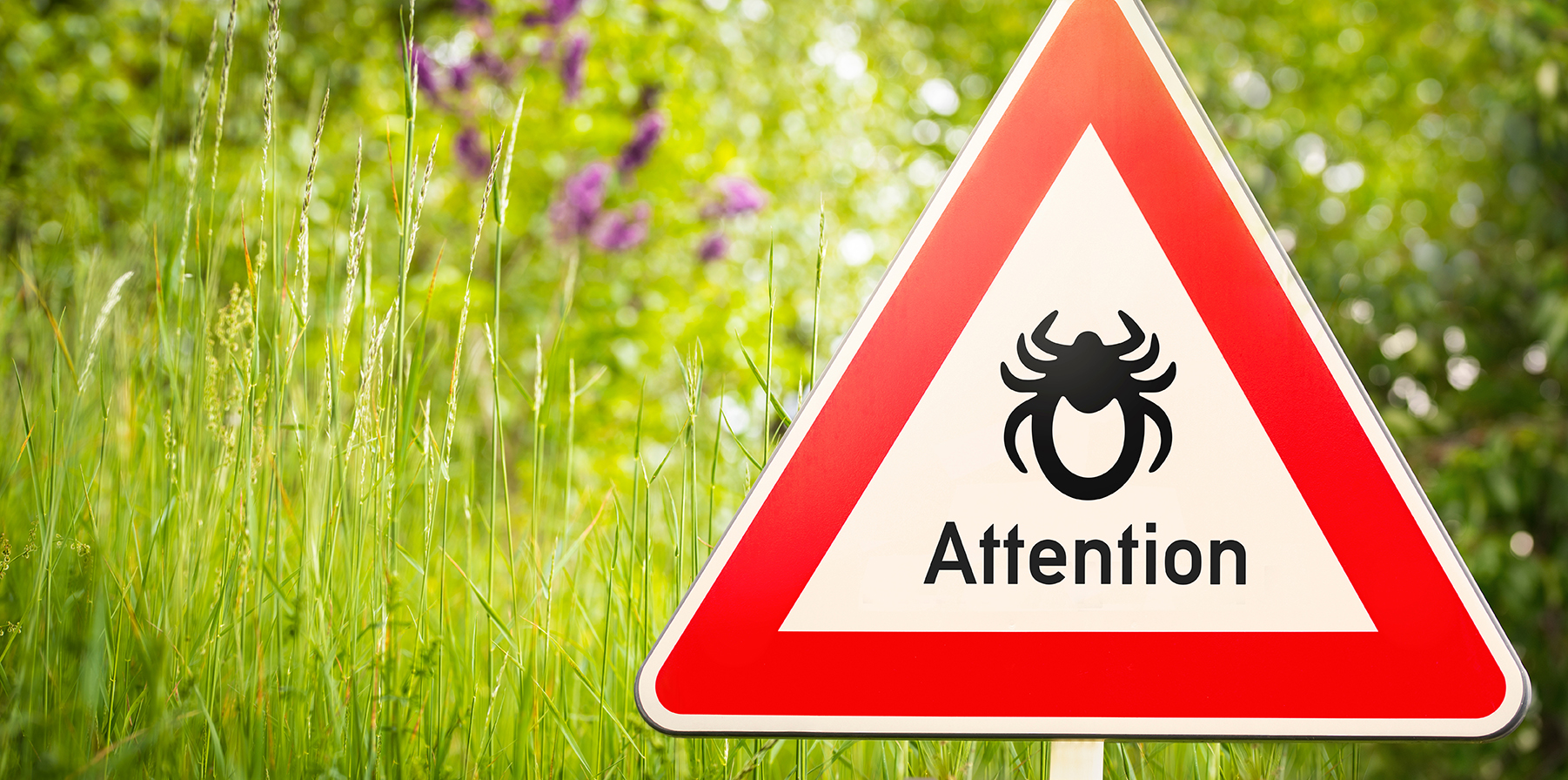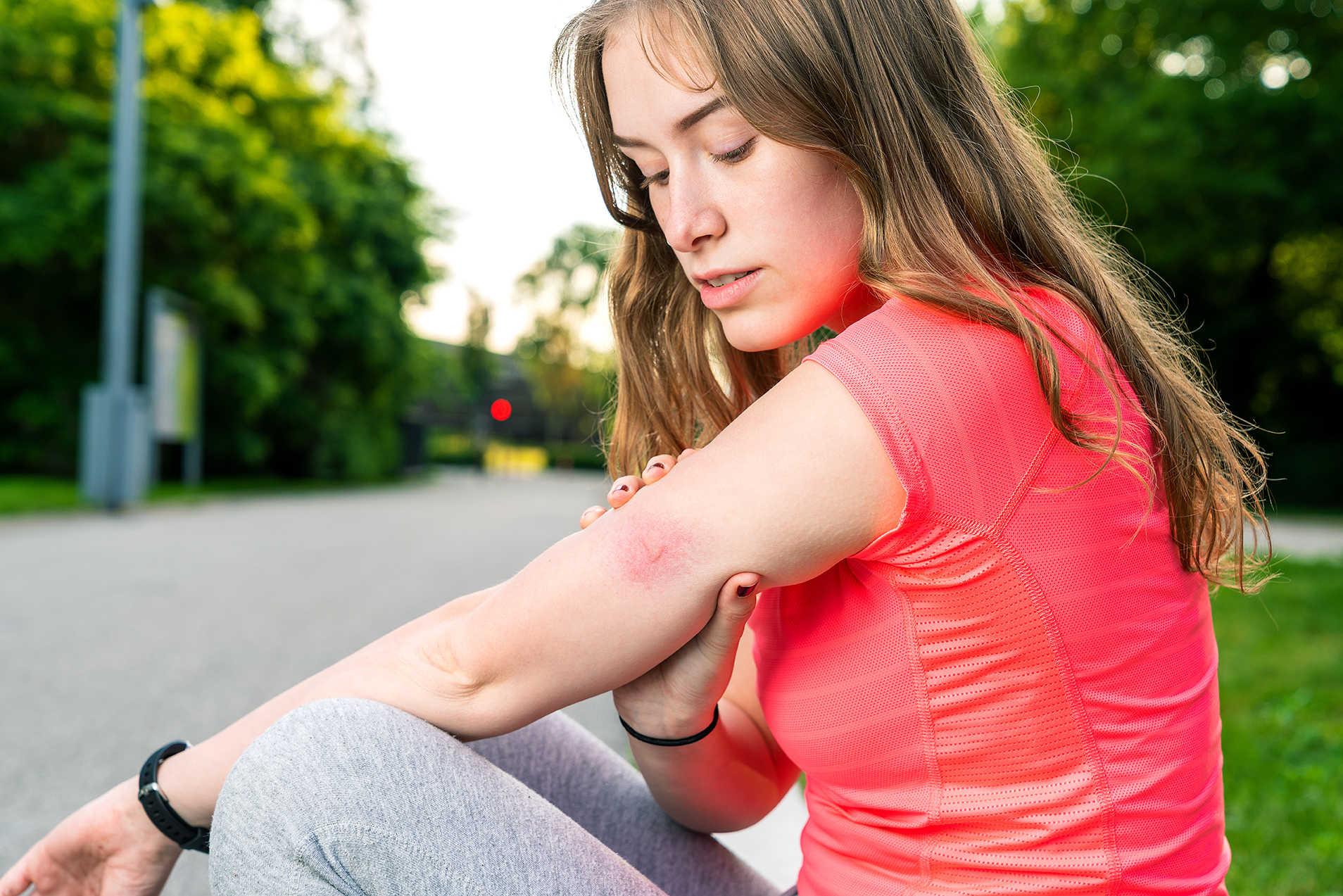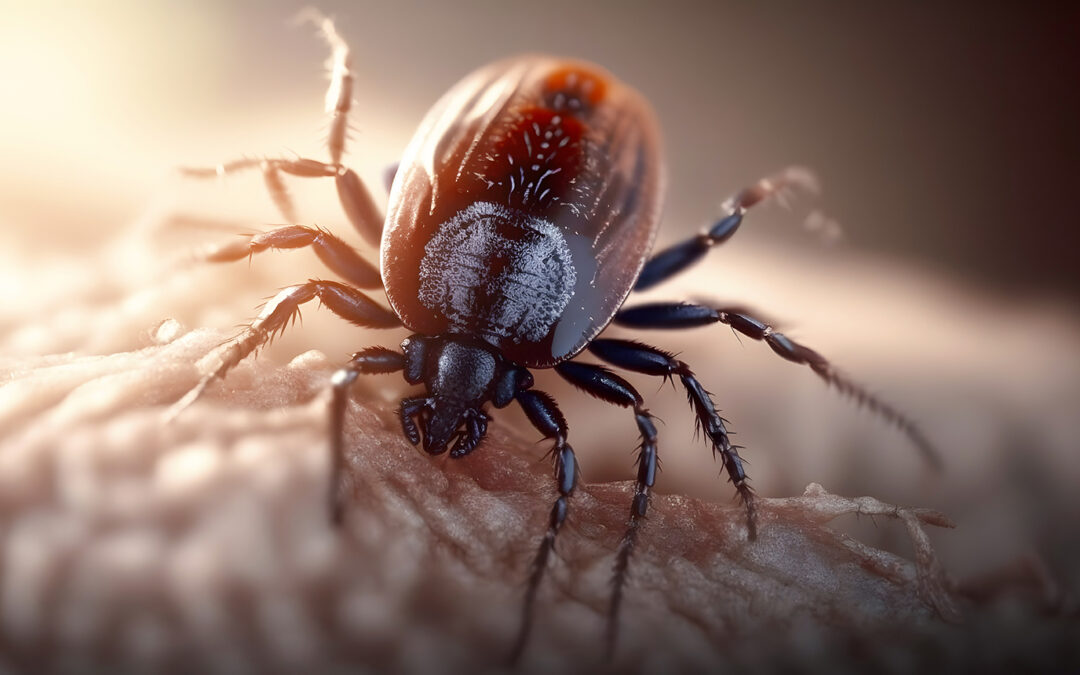Tis the season for ticks.
Ugh. Is your skin crawling at the thought of the little critters? Mine is. So much potential for devastation in such a little body. The question is: When should you be worried? Should you be worried when you have a bite? How do you know if you were bitten by the deer tick that carries Lyme? Should you be worried only when the tick is in for over 24 hours? When you get a rash? When you get sick?
Should you be worried when you have a bite?
Maybe. You were out for a walk and afterward you jumped in the shower, and you noticed a tick stuck to your calf. Are you worried? Maybe.
You noticed a tick on your neck under your hair two days after you baled hay. Should you be worried? Maybe. You found a tick the day after camping and took it out. Now, a day later, you have a bruise the size of a dime. Should you be worried? Maybe.

You don’t know how worried you should be, so what should you do? You might want to discuss it with your healthcare provider. There are some studies that suggest that a short dose of antibiotics may help to prevent Lyme disease for any of these tick bites. Some docs might say that you don’t have to worry if the tick wasn’t in for 24 hours because the Lyme isn’t transmitted to the host until the regurgitation stage. Personally, I can’t be sure the tick wasn’t knocked off your dog and latched onto you somewhere mid-cycle.
Some providers are more cautious than others.

In Western Pennsylvania where a local cardiologist credits ten percent of his pacemaker placements to Lyme disease, I tend to error on the side of caution. Lyme can cause serious cardiac, neurological, and joint issues. Because of the serious consequences of Lyme, I am liberal with preventive dosing for it, but when do you need more than preventive dosing?
Is your post-bite bruise larger than a nickel? Did you get a flu-like illness in the middle of summer a few days after camping? Did the illness include a horrible headache, body or joint aches, severe fatigue, and a fever when no one else around you had been sick? Did you get a bullseye rash or a near bullseye rash? Did you get a weird unexplained rash along with a flu-like illness, even if the rash wasn’t a bullseye, even if the rash was distant from the bite? Did you have a rash that looked like a series of bruises that were tender to the touch? Did you feel fatigued and have roving joint pain with knee pain one day and wrist and neck pain the next? If you answered yes to any of these questions, you might be a candidate for a full course of antibiotics to treat Lyme disease or for further workup with bloodwork.
A caution about bloodwork.

Lyme can take up to four weeks to show up in bloodwork. You might ask: If I have a rash and am sick, do I need to wait until the bloodwork comes back positive to be treated? Absolutely not. You have clinical Lyme disease if you have the bullseye rash or one of the less common Lyme rashes along with a flu-like illness. You should be treated. You should not wait for bloodwork unless there are extenuating circumstances. Please consult with your provider to discuss the specifics of your case.
Lyme disease is real and can be devastating to your health. If you have a tick bite or suspect that you have Lyme, please talk with your provider about your options.

